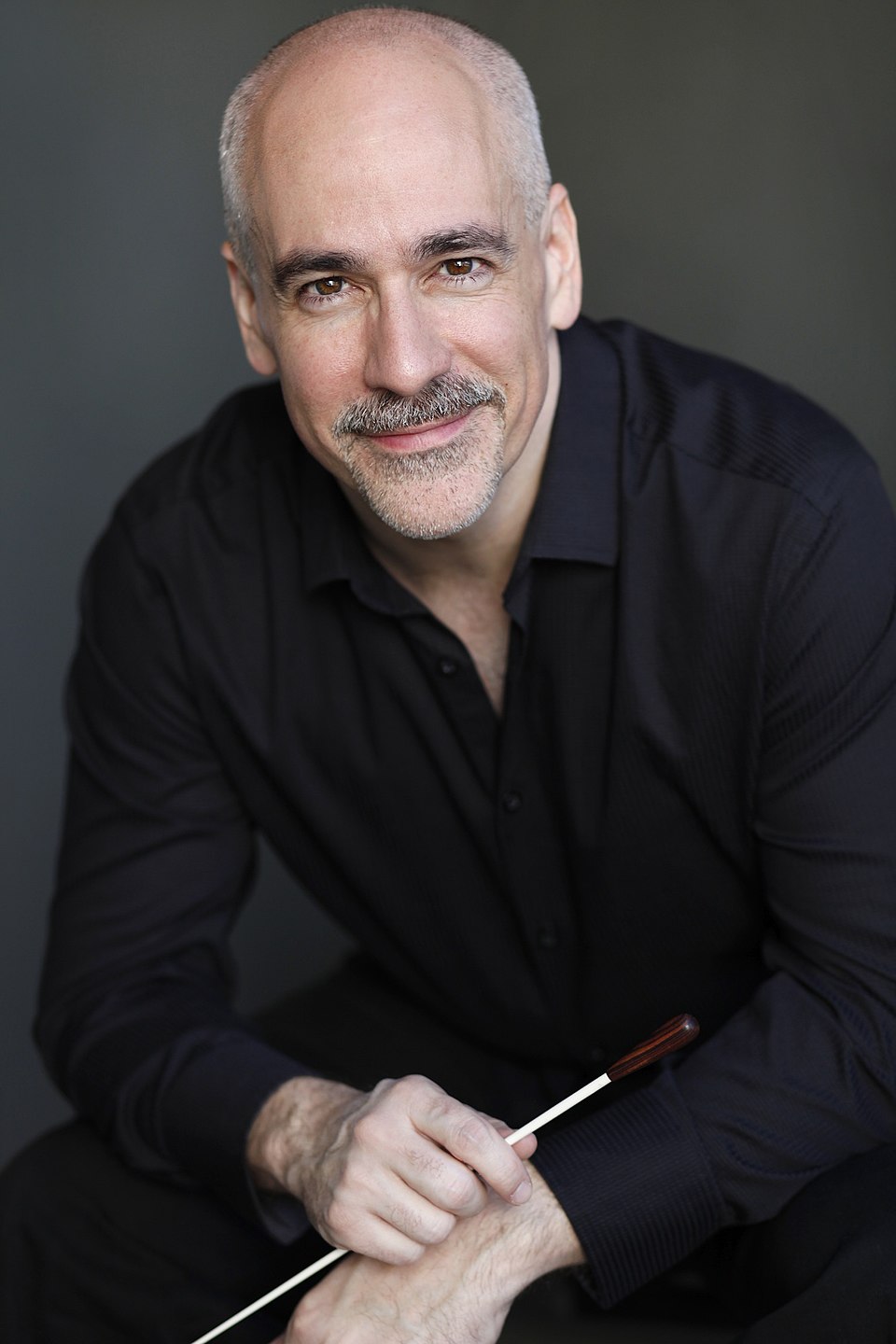
29 May The Symphony of Design Peter Boyer’s Musical Journey
In an illuminating conversation on iDesign Lab podcast, hosts Tiffany and Scott Woolley welcomed Peter Boyer, one of America’s most performed orchestral composers. With over 800 performances worldwide, Boyer’s work exemplifies how musical composition is truly a form of design – creating intricate soundscapes that evoke emotion, tell stories, and capture the essence of the American experience.
Boyer’s journey began not as a child prodigy, but as a 15-year-old Billy Joel enthusiast who received a piano from his grandmother. This seemingly simple gift would change his life forever. The pivotal moment came when Boyer, inspired by the film “Amadeus” and mourning his grandmother’s passing, decided to compose a Requiem Mass in her honor at just 17 years old. Without formal composition lessons, but with determination and community support, he conducted 300 performers in the premiere of his Requiem when he was barely 20 years old – a remarkable entrepreneurial and artistic feat that set the trajectory for his career.
The conversation revealed fascinating insights into the compositional process. Boyer described how orchestral composition begins with a blank canvas – empty musical staves representing dozens of instrumental voices waiting to be filled. Unlike the improvisation-heavy world of popular music, classical composition requires meticulous planning of every note for every instrument. Boyer explained how he might spend an entire day crafting just 16 seconds of musical material, carefully building themes that will develop throughout a piece. This patient, deliberate approach to musical architecture demonstrates the remarkable intersection of technical skill, emotional intelligence, and artistic vision required to design symphonic works.
Perhaps the most compelling example of Boyer’s artistry is his “Ellis Island: The Dream of America,” which has received over 300 performances since its 2002 premiere. This 45-minute piece combines orchestral music with actors reading the actual words of immigrants who came through Ellis Island between 1910 and 1940. Boyer’s research process involved examining over 100 oral histories before selecting seven stories that create a powerful narrative arc, culminating in a setting of Emma Lazarus’s famous poem from the Statue of Liberty. The piece resonates deeply with American audiences who can trace their own family histories through the immigrant experience, making it particularly relevant in today’s conversations about immigration and American identity.
Looking toward the future, Boyer shared exciting news about his latest commission: “American Mosaic,” a collaboration with renowned Americana photographer Joe Sohm. This 32-minute work will feature orchestra, a narrator, and spectacular high-definition video capturing the landscape and people of America. Co-commissioned by the Kennedy Center and the National Symphony Orchestra among others, it will premiere in February 2026 as part of America’s 250th anniversary celebrations. The piece will feature narration of quotes from American history, beginning and ending with the words of Benjamin Franklin, creating a powerful multimedia expression of American identity and aspiration.
Throughout the conversation, Boyer reflected on the evolving landscape of orchestral music. While classical audiences have traditionally skewed older, new pathways to orchestral appreciation have emerged through film scores and video game music. These contemporary applications of orchestral sound are introducing younger generations to the power and beauty of the symphony orchestra as a “delivery system” for musical expression. Boyer’s optimism about the future of orchestral music suggests that even as consumption patterns change, the fundamental human connection to the orchestral sound remains powerful and enduring.



No Comments